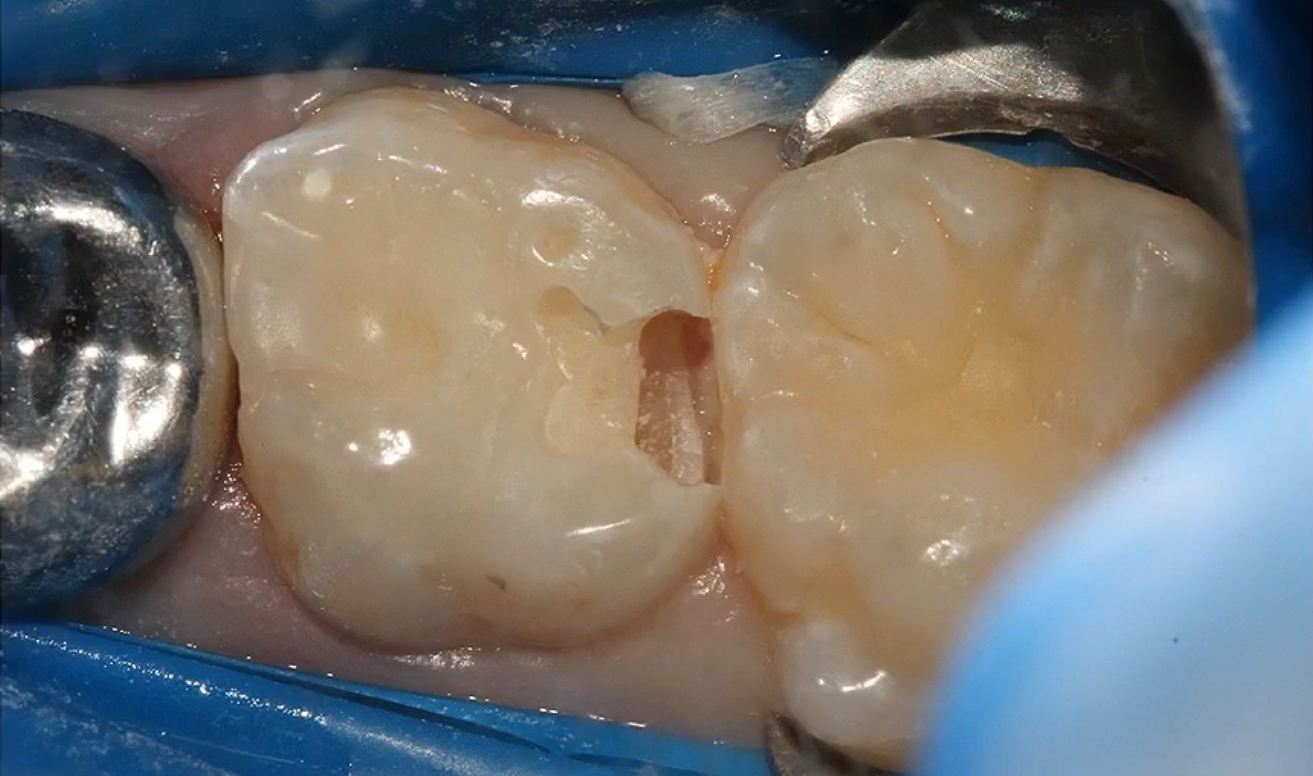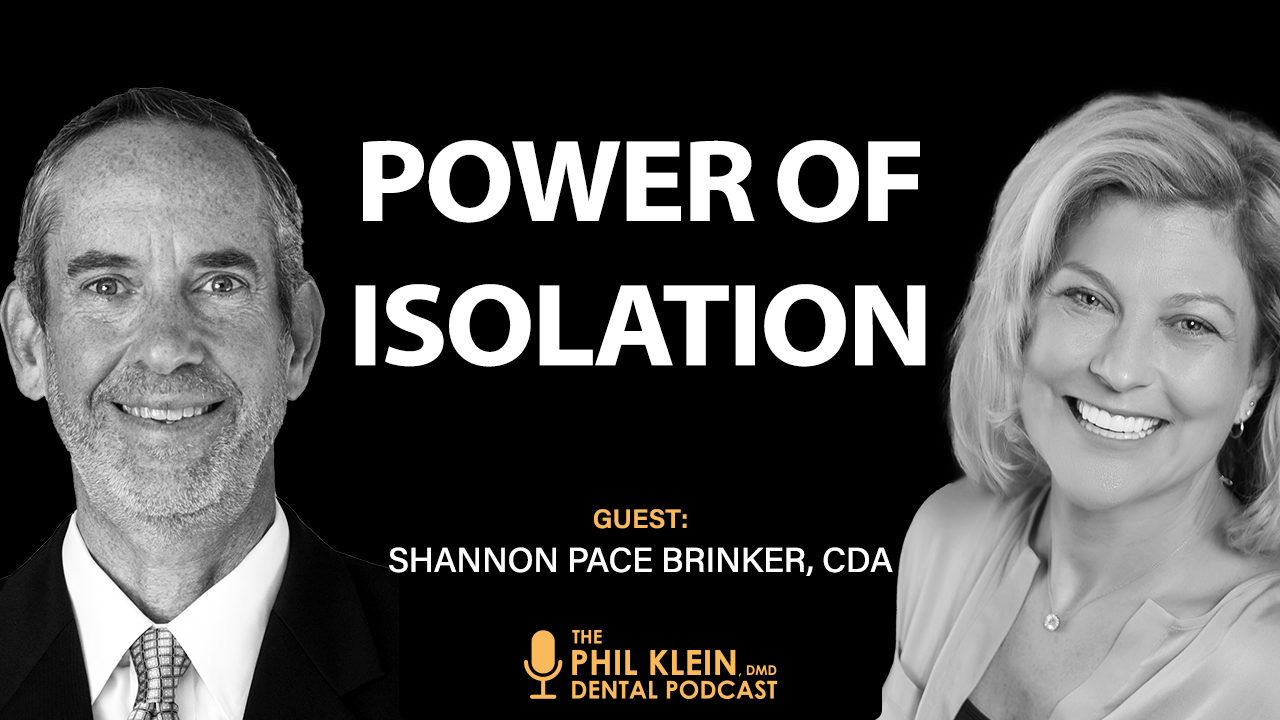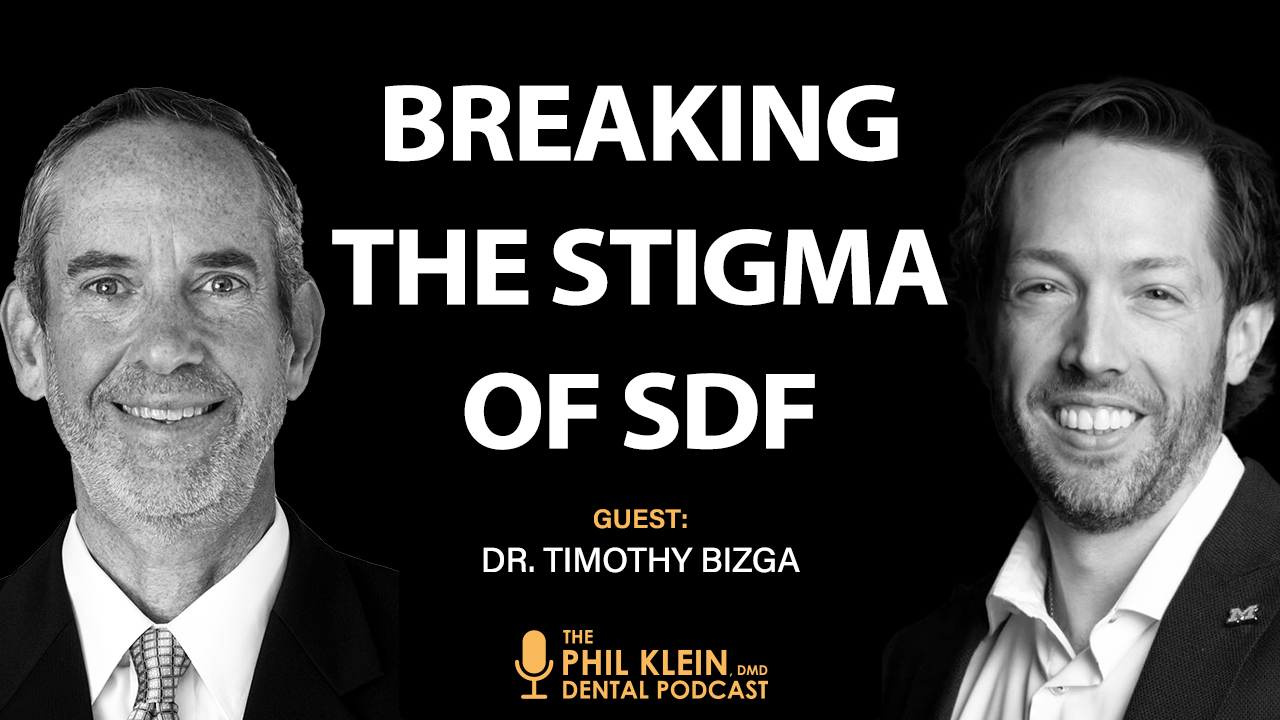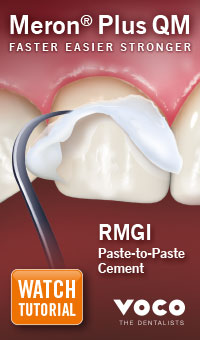
Overcoming Sensitivity with Direct Restoratives

You work so hard to make a beautiful restoration. The
patient is thrilled when they leave your office – but they’re still numb. Then
they go home, the numbness wears off and the postoperative sensitivity hits.
How can you avoid this?
To answer this question we spoke with Dr. Jeff Brucia, an assistant professor at the University of the Pacific, Dugoni School of Dentistry and current President of the American Academy of Aesthetic Dentistry who is in private practice in San Francisco, focusing on aesthetic and restorative dentistry.
What causes postoperative sensitivity?
One thing that can cause postoperative sensitivity is irreversible pulpitis. Early on in the diagnosis, before treatment, be sure to confirm that this is not present.
If the pulpal tissues are healthy, the sensitivity is most likely due to reversible pulpitis caused by the adhesive interface.
“The adhesive interface,” says Dr. Brucia, “will cause the majority of sensitivity for most doctors. The only other issue could be a lateral interference. So on that very rare occasion where a patient may come back with postoperative sensitivity on a crown and I know that the adhesive interface was done to ideal, then I’ll look for a lateral interference. I’ll find it, I’ll eliminate it, and the sensitivity is gone.”
An important thing to understand about how the adhesive
interface can result in postoperative sensitivity is the critical role that bond
strength plays. “Sensitivity for most people is a tug of war,” Dr. Brucia
explains, “your bond strength versus your shrinkage stress of your composite.
If your bond strength is less than the shrinkage stress of your composite, it
will open up a gap, and that gap will cause that sensitivity.”
What is the best way to approach the adhesive interface in order to avoid postoperative sensitivity?
Here’s what Dr. Brucia recommends…
· Eliminate any occlusal interference: Before you begin the adhesive process, be sure to eliminate any occlusal interference. While this is extremely rare, it does happen. “We do have patients,” Dr. Brucia notes, “with anterior open bites that will not have anterior guidance. And then the shape and the anatomy that we place in our posterior teeth has to allow that guidance without an interference.”
· Etch
the dentin: Some clinicians believe that phosphoric acid should be used
for everything; others recommend completely avoiding the use of phosphoric acid
on dentin.
“Anybody that believes that phosphoric acid on dentin creates sensitivity,” Dr.
Brucia claims, “has not mastered the proper adhesive technique. I place
phosphoric acid on dentin 100% of the time. Sensitivity is a non-issue in my
practice. It really doesn’t exist.”
· Use a
two-bottle adhesive: Next, be aware that your choice of
products will have a significant impact on both your technique and your
outcome. This is because when it comes to the chemistry of dentin bonding,
there is what Dr. Brucia calls “simple chemistry” and “complex chemistry.”
Surprisingly, it is the one-bottle systems that contain the complex chemistry,
and the two-bottle systems that provide the simple chemistry.
“When you look at what you’re trying to achieve with that chemistry,” Dr.
Brucia explains, “it’s much, much more difficult to achieve the goals of that
adhesive interface when the hydrophilic and hydrophobic materials are in the
same bottle. Your technique has to be five times as good as it does when the
bottles are separate. So I always use separate bottles.”
While Dr. Brucia is not aware of any studies directly linking the single-bottle
technique to postoperative sensitivity, there have been many papers that look
at bond strength. The adhesives with the highest long-term bond strength are
all multiple-bottle systems. Bond strength, as already stated, is important
because if your adhesive’s bond strength is less than the composite’s shrinkage
stress, you can end up with a gap that results in sensitivity. Higher bond
strength therefore allows for greater shrinkage stress.
· Let
your goals drive your technique: “The goals,” Dr. Brucia states,
“are to saturate that dentin with adequate primer, and then to seal with your
resin. When the bottles are separate, you’re able to completely saturate that
dentin with the primer. When you’ve saturated that dentin with the primer,
you’ve resealed that dentin. And then the second bottle is your link between a
hydrophilic tooth structure and a hydrophobic material. That will achieve the
highest density, most stable, what would be referred to as the ‘hybrid layer’ –
the layer between your composite and your tooth structure.”
“When the chemistry is all together,” he states, “it’s more challenging, not
impossible, to get adequate primer to saturate that dentin because the adhesive
is in the way.”
[blogad]
What else can you do to reduce the risk of postoperative sensitivity?
In addition to mastering the right techniques for the
adhesive interface itself, Dr. Brucia also has another recommendation: If you are using a glass ionomer, before you
place the adhesive, use a glass ionomer liner over the horizontal floor of
every restoration.
“For me,” Dr. Brucia shares, “that’s going to be the pulpal floor, and the
glass ionomer liner can be in the form of a very thin material. I love the Riva
product line from SDI. Riva has the only single dose glass ionomer adhesive,
Riva Bond LC. It’s an incredibly effective RMGI [resin-modified glass ionomer]
liner.”
With this layer acting as a liner or a base, “You are absorbing the stress,” Dr. Brucia explains. “When we talk about shrinkage stress, the glass ionomer is going to absorb so much of the stress of that now-curing adhesive, because there’s stress when your adhesive is curing and there’s stress when your composite is curing.”
What about the cytotoxicity of glass ionomer close to the
pulp? “No material,” Dr. Brucia confirms, “that has resin, and even glass
ionomer or pure glass ionomers that are relatively acidic, should be placed
within a half millimeter of pulpal tissue. But for me, I am less concerned
about proximity to the pulp if my technique is very, very good – unless I have
left some infected or affected dentin or unless I have an exposure. And then my
technique becomes very different and my material selection becomes very
different.”
The bottom line
With proper technique and material selection, you can virtually eliminate problems with postoperative sensitivity for your restorations. This way your patients will be thrilled when they leave your office… and they’ll still be thrilled once the numbness wears off!
























